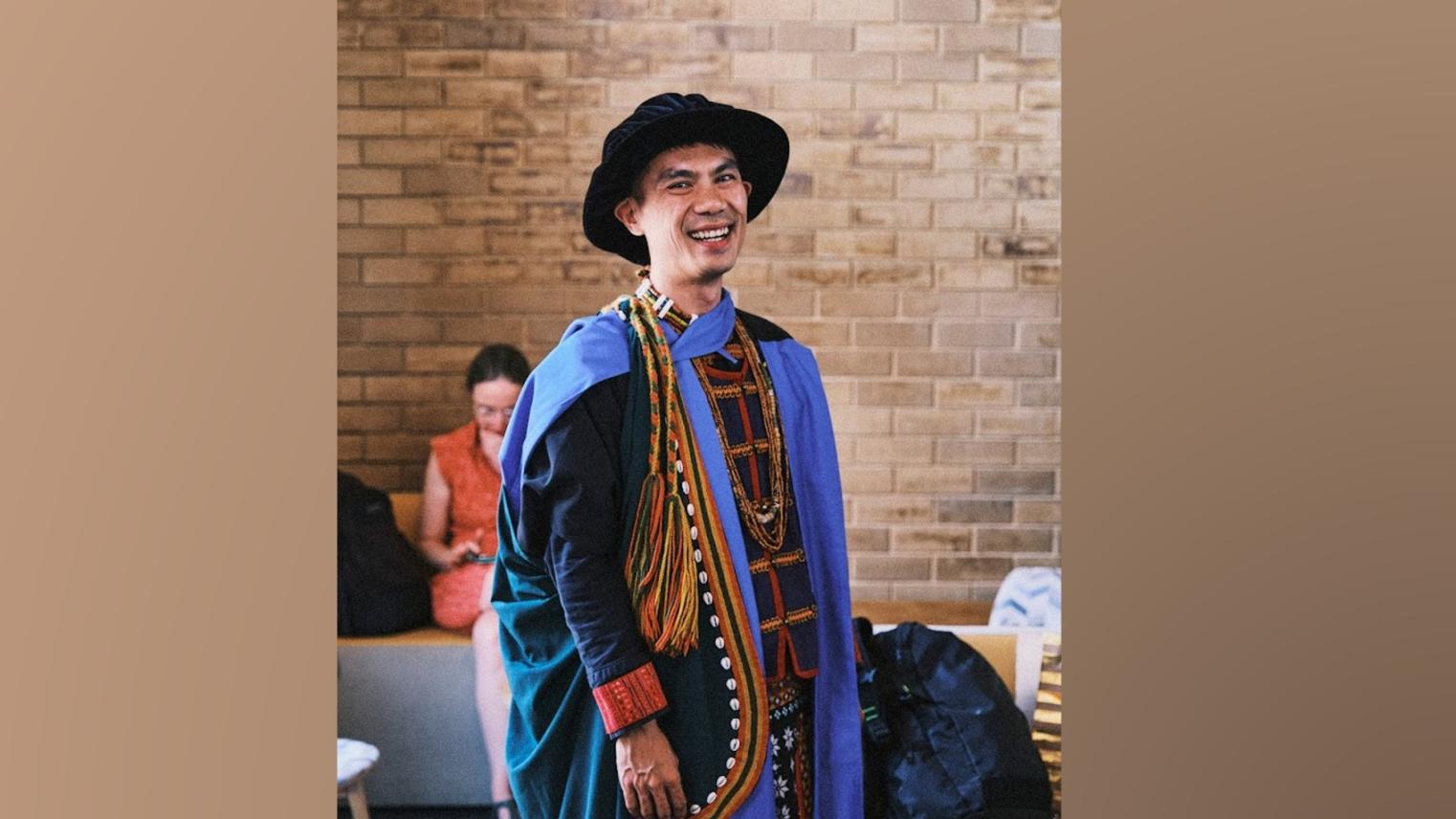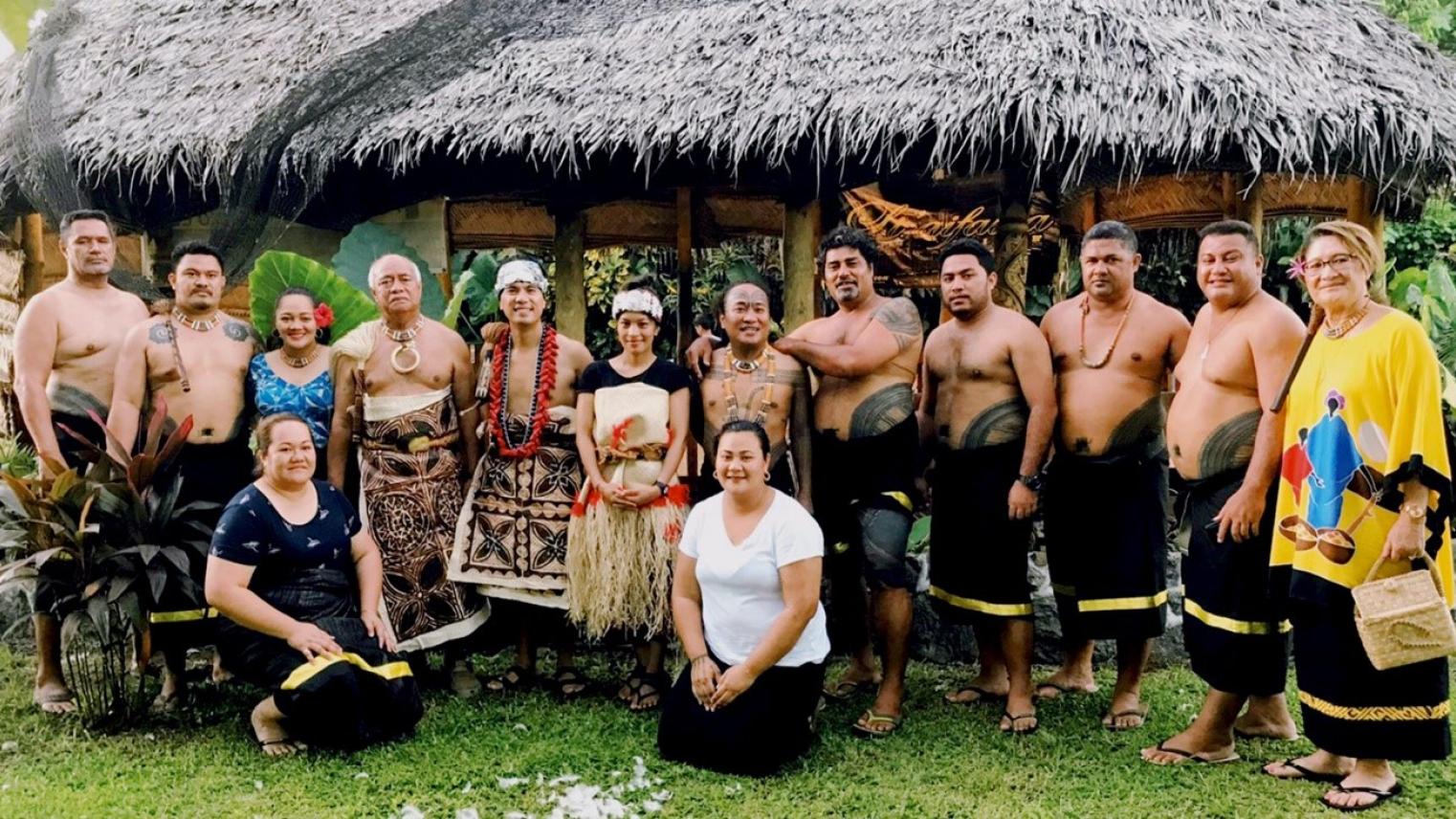Tattoos, Taiwan and Indigenous Diplomacy

"Sometimes I still know that I have to speak Chinese in Taiwan, but when I wake up I don't know where I am. Is it in New Zealand, Australia, or Tahiti? I was doing research in New Zealand and Tahiti at the same time. It was very interesting. "Flying" is the same as my name." – Suliljaw Lusausatj in an interview with the Written by World Center for Austronesian and Aboriginal Peoples CWAIP
And Suliljaw Lusausatj sure knows how to fly high. He flew from Taimali, Taitung, to Oceania and thus began his doctoral journey.
An Indigenous person of the Paiwan People in Taiwan, Suliljaw (Suli)’s vision was always to seek connectedness to Oceania in the way of the scholarly voyage in our sea of islands. Rooted in the customary land of his ancestors in Taiwan, he travelled to Samoa, Aotearoa and French Polynesia as an ethnographer to feed his thirst for knowledge.
I didn't know I was Paiwan until I was a child, but knowing that I am Paiwan doesn't mean that I identify as Paiwan, let alone learn the language.
With an almost foreign language and unfamiliar people, Suli felt that the Paiwan people were not an identity with a sense of belonging. Perhaps it is this that unknowingly guided him to the path of ethnology and anthropology research.
After a three-year work as a research assistant at Academia Sinica in Taipei, Taiwan, Suli was granted a four-year scholarship by the Ministry of Education and finally settled for the PhD program at Australian National University. And the rest, as they say, is history.
The focus of Suli’s thesis, titled Vā/Djalan: on Indigenous Diplomacy through Sāmoan Tatau and Paiwan Vecik, is on the tangible cultural heritage of tattooing, utilising Indigenous methodology to collaborate with the Peoples for understanding how this practice can be spatially, acoustically and politically understood. Inspired by Hau’ofa’s essay ’Our Sea of Islands’, and the scope for a dialogue between Sāmoan tatau and Paiwan vecik, the thesis delved into discovering answers to how tattooing may assume a role in the navigation of new relationships across Oceania.

In order to address this question, Suli spent over 14 months among hosts in Aai-O-Niue, Sāmoa, and in numerous Paiwan villages in southern Taiwan. His method of enquiry centred on the navigational metaphor of positioning, experiencing, negotiating and anchoring to explore the relationality between Sāmoan tatau and Paiwan vecik in a trans-Indigenous context. Using a reflexive autobiographical approach, he focused on embodied encounters as the grounds for an Oceanian alliance.
So, what’s next?
On Graduation Day, Suli gave us some clues on what path he intends to tread in the near term:
My plan is to leave for Taiwan. Possibly, for a couple of months, to pursue indigenous studies at the National Sun Yat-sen University. That’s my new plan. My PhD topic is a long story, but to make it shorter, I went to Taiwan for four months to focus on tattoos. You can really find a relationship between Taiwan, Malaysia and the Philippines, even elsewhere, through tattoo designs.
We are indeed very excited to see where Suli journeys to from here, and we will be sure to follow this illustrious alumnus on his trail to more discovery and scholarship over the next few years!
This featured interview is thanks to an ongoing collaboration with student, photographer and storyteller Oskah Dunnin from the Master of Asian and Pacific Studies at the ANU School of Culture, History & Language.
If you are a student, staff or academic at CHL and would like to be featured in an upcoming interview, please nominate yourself via this link: https://forms.gle/2gW9Ct71xaXbeYN59.